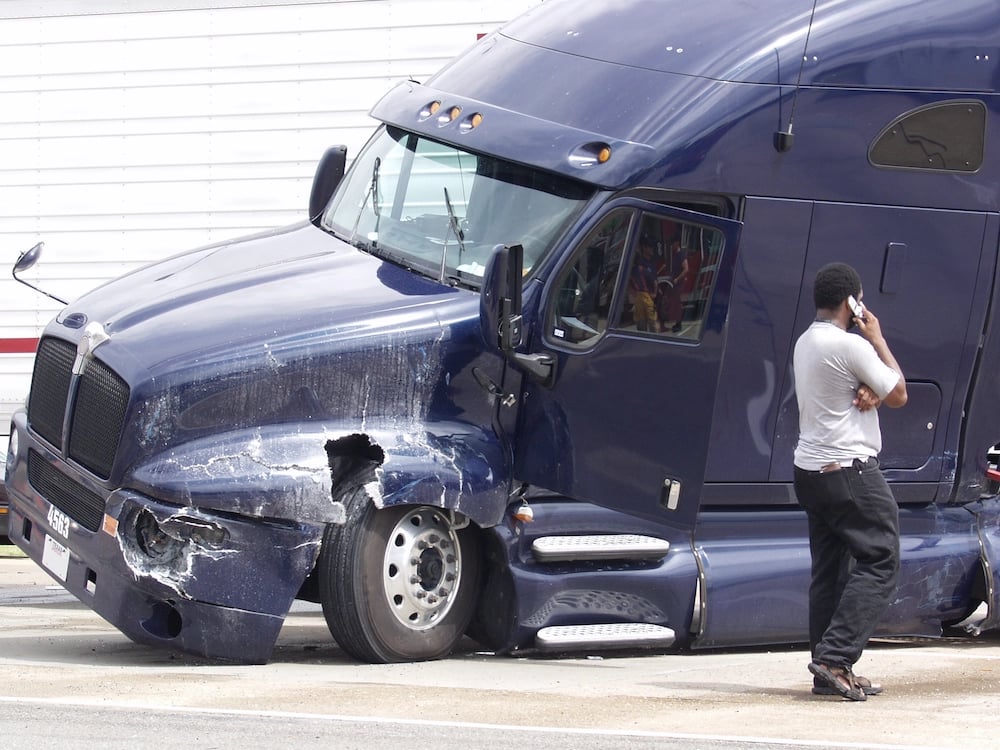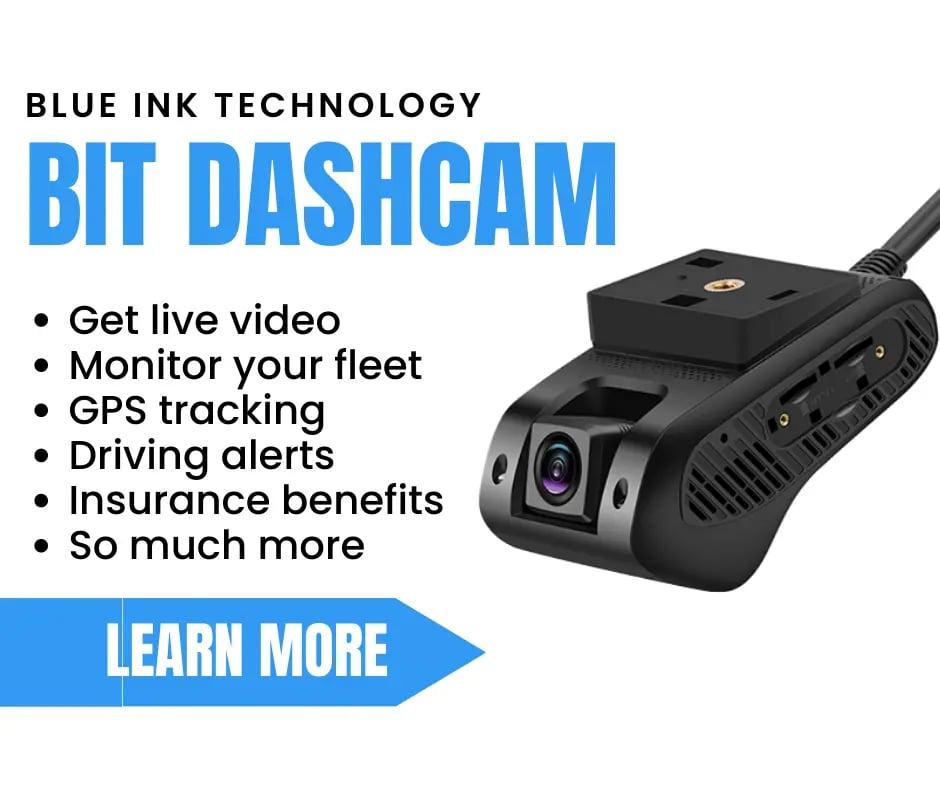
As commercial motor vehicles take on increasingly complex tasks and routes, the risks involved in driving them rise continuously. To mitigate these risks, insurance providers are turning to video telematics, the use of onboard cameras and sensors, to more accurately assess driving behavior and provide rate quotes that more closely align with the risks involved.
By tracking specific driving events, such as hard braking or speeding, insurers can gain a much better understanding of the driving habits of a commercial vehicle operator. These insights can then be used to provide more accurate rate quotes that reflect the driver’s level of risk on the road.
So, what specific driving events are insurers interested in tracking? Here are a few examples:
-
Hard braking: Hard braking is an indication that the driver may be following too closely or not paying attention to the road ahead. This can increase the likelihood of an accident, so insurers may use this data to flag at risk drivers.
-
Speeding: Speeding is a common cause of accidents, and is often connected to reckless driving behavior. By tracking instances of speeding, insurers can get a better sense of a driver’s overall risk level.
-
Cornering behavior: Cornering too quickly or too sharply can increase the risk of a rollover or other accident. By monitoring cornering behavior, insurers can gain insights into a driver’s skill level.
-
Lane departure: When a vehicle drifts out of its lane, it can be an indication that the driver is fatigued or distracted.
-
Acceleration: Rapid acceleration can put additional strain on a vehicle’s engine and increase the risk of an accident. Insurers may track acceleration events to also assess the driver’s risk level.
By tracking these specific driving events, insurers can gain a much better understanding of the risks involved in commercial driving and provide more accurate rate quotes to their customers. This benefits both insurers and commercial motor vehicle operators by reducing the cost of insurance and improving safety on the roads.
Additionally, video telematics can be used to investigate accidents and other incidents. By reviewing video footage from onboard cameras, insurers can determine fault and expedite the claims process, leading to faster resolution and lower costs.
Can video telematics and ELD data provide better insurance rates?
Video telematics data can be paired with a driver's electronic logging device (ELD) data to help insurers identify at-risk drivers and adjust their rates accordingly. ELDs are used to track a driver's hours of service, including driving time and rest periods, as required by the FMCSA.
By analyzing data from both video telematics and ELDs, insurers can gain a more complete picture of a driver's behavior on the road. For example, if a driver consistently exceeds their allotted driving time, it may be an indication that they are fatigued or overworked. This could lead to increased risk on the road, making them a higher insurance risk.
Additionally, video telematics data can provide further insight into a driver's behavior behind the wheel. For instance, if a driver consistently engages in hard braking or speeding events, it could indicate that they are driving recklessly or not following safe driving practices.
By pairing data from both sources, insurers can identify patterns of behavior that may put drivers at risk and adjust rates accordingly. For example, if a driver is consistently engaging in risky behavior, their rates may be adjusted upward to reflect the increased risk they pose.
This data can be used to develop targeted training programs for drivers to improve their driving behavior and reduce risk on the road. This not only benefits insurers by reducing risk, but also benefits commercial motor vehicle operators by promoting safer driving practices and reducing the likelihood of accidents.
How can insurers get access to ELD or video telematics data?
There are a couple ways that insurers can get the data needed in order to provider the best rates for commercial motor vehicles. Some of these ways include:
-
Partnering with telematics service providers: Telematics service providers offer hardware and software solutions that can be installed in commercial vehicles to track driving behavior and vehicle data. Insurers can partner with these providers to access data on driver behavior, including video footage from onboard cameras using API calls.
-
Mobile apps: Some telematics providers offer mobile apps that can be downloaded onto a driver's smartphone or tablet. These apps use the device's sensors to track driving behavior, such as hard braking and speeding, and provide feedback to the driver. Insurers can access this data through partnerships with telematics providers using API calls.
-
Data sharing agreements: Insurers can enter into data sharing agreements with commercial motor vehicle operators to access data on driver behavior and vehicle usage. These agreements may include access to data from onboard cameras and other telematics devices.
-
Vehicle manufacturer partnerships: Some vehicle manufacturers offer telematics solutions built into their vehicles. Insurers can partner with these manufacturers to access data on driving behavior and vehicle usage.
Once insurers have access to this data, they can use it to assess risk and provide more accurate quotes for commercial motor vehicle insurance. By analyzing driving behavior data, insurers can gain insights into the risk profile of a driver and adjust rates accordingly.
It's important to note that the use of video telematics data and other driving behavior data is subject to various laws and regulations, such as data privacy laws and regulations around the use of electronic logging devices. Insurers should make sure that they are complying with all relevant laws and regulations when accessing and using this data.

